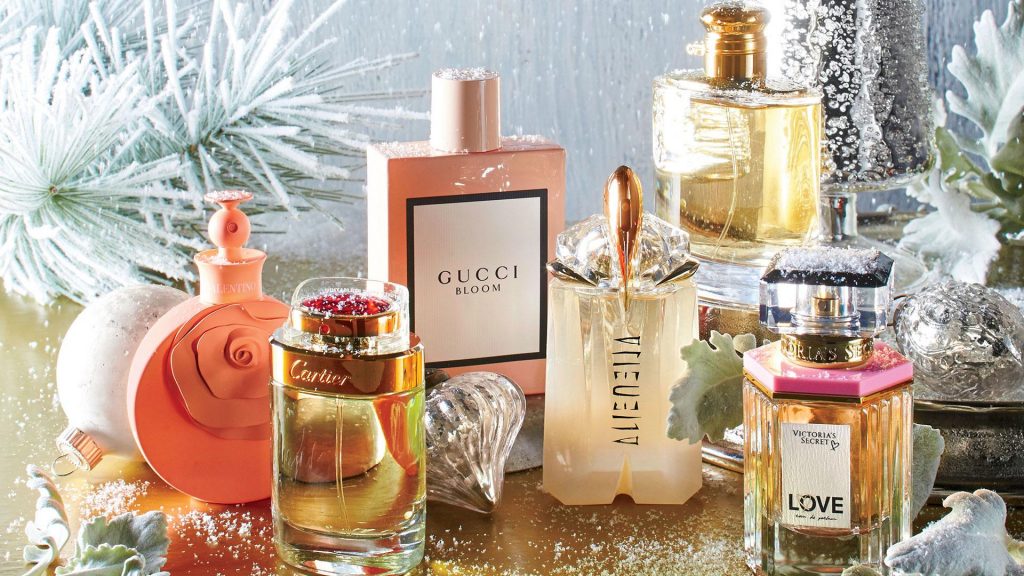
Between the 16th and seventeenth centuries, fragrances were used mainly by the rich to mask body odors resulting from occasional cleaning. Partially because of the patronage, the perfume industry produced. At 1693, Italian stylist Giovanni Paolo Feminis produced the fragrance food named blue Admirabilis, day best known as Eau de perfume; his nephew Johann Maria Farina (Giovanni Maria Farina) took over the business in 1732. Perfume types indicate the absorption of aromatic compounds in the medium, which in fine smell is typically alcohol or a mixture of liquid and alcohol. Different references differ substantially in the definitions of perfume types. The strength and longevity of the scent is from the density, strength and longevity of the aromatic compounds, or perfume oils, applied. As the proportion of aromatic compounds increases, then does the strength and longevity of this perfume.
Perfume types indicate the absorption of aromatic compounds in the medium, which in fine smell is typically alcohol or a mixture of liquid and alcohol. Different references differ substantially in the definitions of perfume types. The strength and longevity of the scent is from the density, strength and longevity of the aromatic compounds, or perfume oils, applied. As the proportion of aromatic compounds increases, then does the strength and longevity of this perfume. Proper statements are used to identify the fragrance’s approximate increase by the percentage of perfume oil in the quantity of the final product. These most almost general statements exist: Eau de parfum (EDP) or parfum de toilette (PDT ) (this power commonly traded as “ fragrance ”) : 10–20 percent aromatic compounds (typically ~15% ) ; sometimes called “ Eau de perfume ” or “ millésime ”; parfum de toilette is a less common term, Most common in the decades, that is mostly similar to Eau de parfum;
Today if you are not familiar with these other perfume types such as Eau de cologne and Eau de parfum, these conflicts exist primarily in the absorption of aromatic components. Orderly from feeblest to most potent (least intense to most concetrated) exist: After shaving, splashes, and substance sprays, Eau de perfume, Eau de toilette, and then Eau de parfum. The Eau de cologne generally has 2 percent to 6 percent aromatic concentration compared to the Eau de parfum which usually has the increase from 10% to 20% .
Perfume is something made out of vital oils together at basic petroleum, together with liquid and water. The main or essential oils that you have in this fragrance are called the ‘ notes ’ of the smell. When you use perfume that bottom notes are the ones that stay on your surface for the longest and give you much perfume. The best notes are those oils that tend to be most spicy and are easy to smell properly after use of much smell. These essential oils or notes may melt or decay at various rates, thus indicating that The scent will change over time.
Because I enjoy all these smells and colours. The smells and colours are created by people with a very influential business. They are called perfumers, and they have chemistry to get scent, toiletries, shampoo, and body washing. There exist two cases of perfuming: Good fragrance toiletries, and practical (Sullivan 72) . Good smell is lotions and fragrances, while functional is gas fresheners, soaps, and shampoos. Perfumers produce the fragrance formula made up of some 40-100 components from raw and manufactured ingredients
Perfume is something made out of vital oils together at basic petroleum, together with liquid and water. The main or essential oils that you have in this fragrance are called the ‘ notes ’ of the smell. When you use perfume that bottom notes are the ones that stay on your surface for the longest and give you much perfume. The best notes are those oils that tend to be most spicy and are easy to smell properly after use of much smell. These essential oils or notes may melt or decay at various rates, thus indicating that The scent will change over time.
